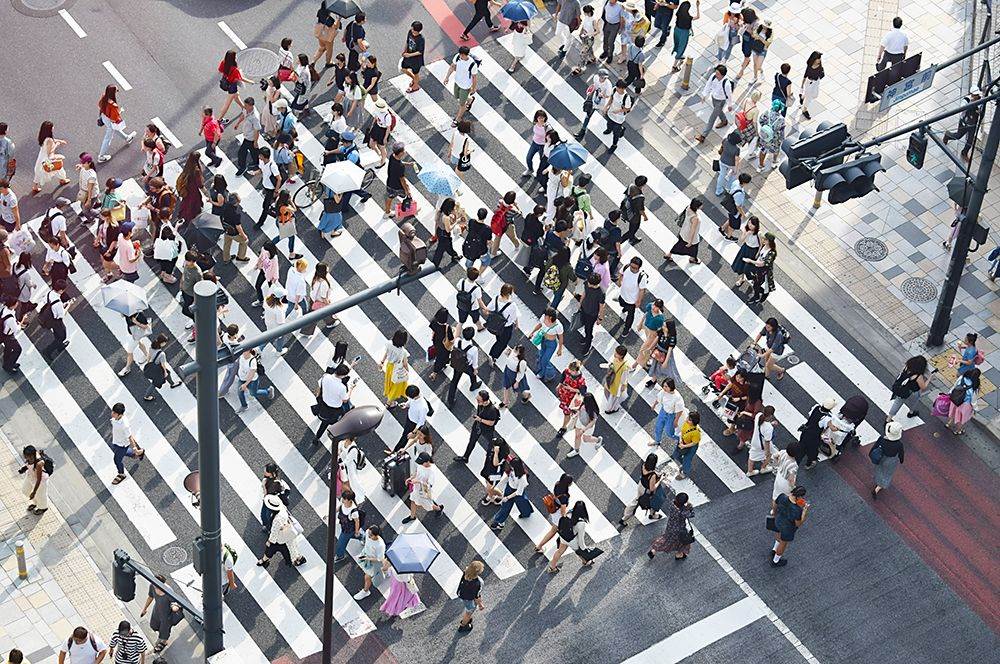
Reading Time: minutes
Because of the worsening condition of climate change, changing population demographics, and a drive towards expanding beyond city centers, there has been a shift in trends on how urban spaces are being planned and laid out towards efficiency.
Next wave cities in the Philippines such as Clark and Iloilo are being considered to follow a more modern approach to planning. One of the major influences is walkability as the newest trend for boosting urban development. In commercial real estate, “Walkability’ is now an added feature which boost sales and sparks projected developments in an area.
Walkability in Commercial Real Estate
A group of researchers from George Washington University has conducted a study measuring the impacts of compact urban areas, following the Washington area as a baseline. They have found that areas wherein residents can live and work without cars have recorded significant growth in office and multi-family rental properties.
Improved walkability, including proximity to public transit, has a positive effect on a host of commercial real estate metrics. In the US, the National Council of Real Estate Investment Fiduciaries and Walk Score has examined the effects of walkability on the market value and investment returns of more than 4,200 office, apartment, retail and industrial properties from 2001 to 2008. Their study has found that the benefits of greater walkability were capitalized into higher office, retail, and residential values.
Viable solution to the Metro Manila traffic?
Many local urban planners have been looking at the potential of converting the metro into a more walkable space to help in solving the worsening condition of traffic in the Philippine capital. By providing more space for walking, the number of vehicles used on a daily basis is projected to be reduced. Moreover, experts have attributed walkability to increase the safety and convenience of commuters and pedestrians, as well as promote their health.
Being one of the main business districts in NCR, Ortigas aims to be one of the frontrunners in converting commercial areas into walkable cities. Last year, the Ortigas CBD Elevated Plaza was inaugurated as the first completed project of a series of proposed pedestrian improvements in the city. Some of the features of the elevated plaza include wide pedestrian areas, covered walkways, landscaping, and a fountain with a dome skylight that allows natural light below.
A trend for next wave cities
Iloilo’s Esplanade is also one of the government efforts in promoting walkability. This lateral park hosts bicycle lanes on its roads and offers a wide walkway to pedestrians as well. In Cebu City, efforts to make the city more livable by providing long-term plans for sustainable development across the city. Last year, an experiment called the “Green City Loop” limited cars to occupy only half of the major roads at a specific timeframe. Green and sustainable buildings are also becoming a new standard in its central business districts.
Walkability and Sustainability
In line with the increasing calls for energy efficiency and sustainability, walkability also an effective feature which will encourage more ‘livable streets for all, successfully uplifting the physical activity and wellbeing of the general community. Moreover, this feature is also one of the most promising solutions and responses to the desire for sustainable urban development, effectively reducing the carbon footprint brought about by car emissions.
Aside from making the urban environment more pleasant, safer and less polluted, improving a city's walkability can also ease traffic congestion and improve the overall wellbeing of the public.

